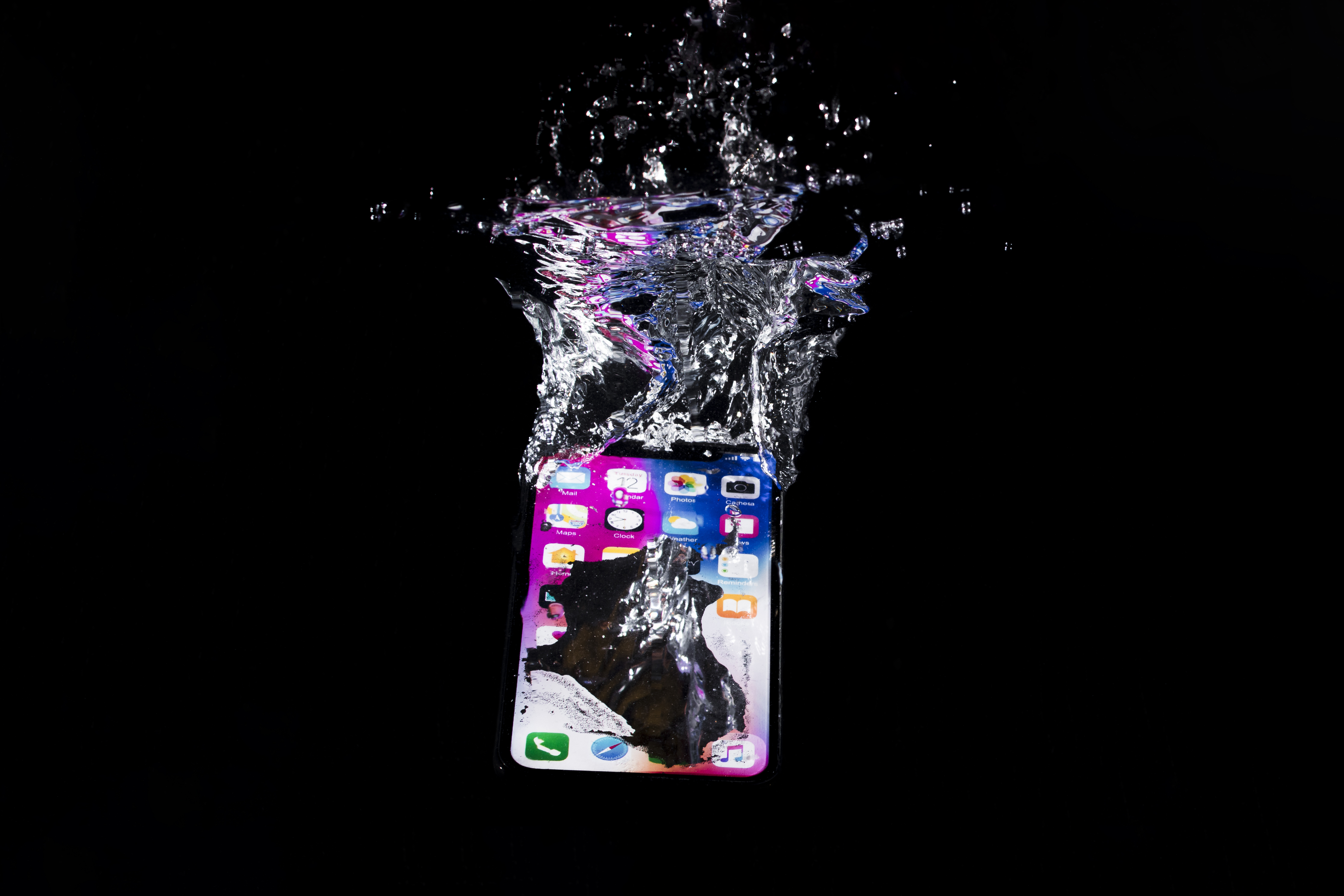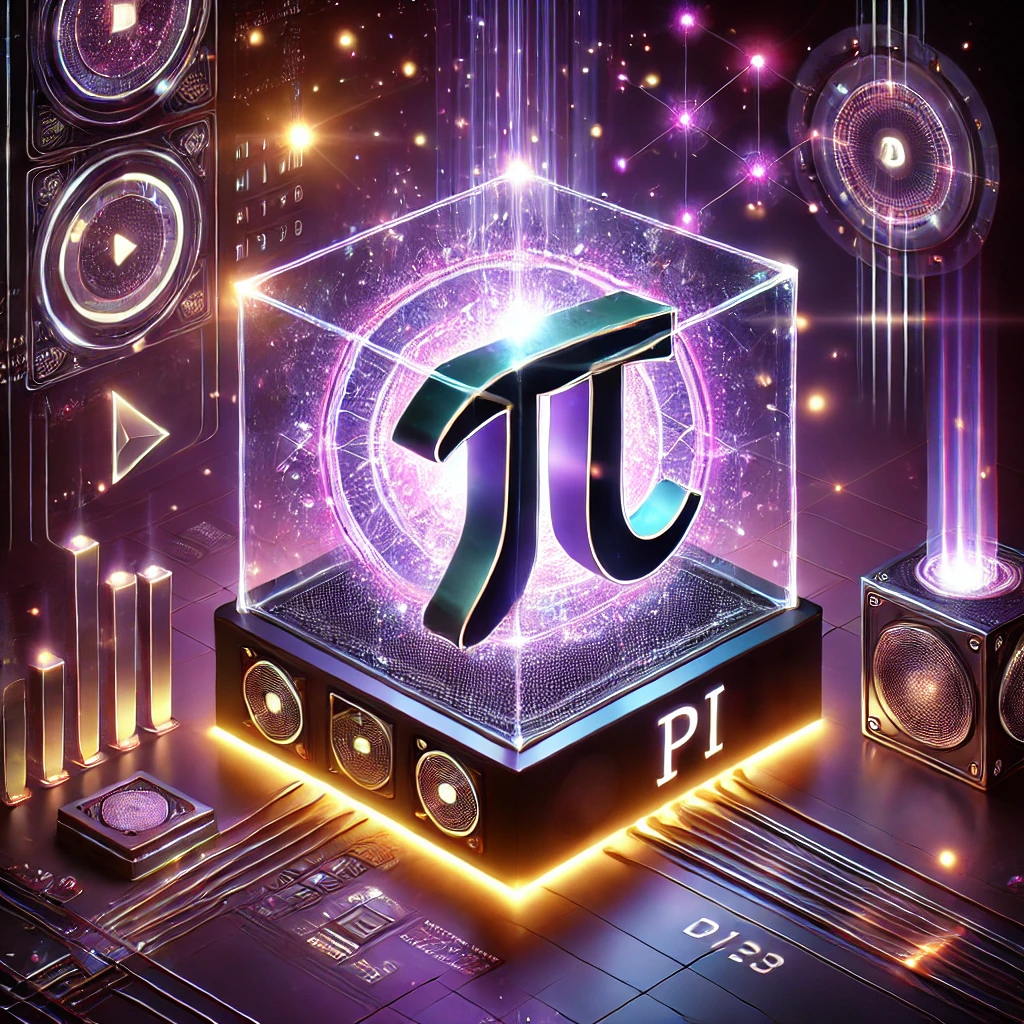Early Beginnings with Sputnik 1
That said, As it turns out, you might not expect this, nevertheless, it may surprise you to learn that the history of russian satellites started with sputnik 1, a momentous event that forever altered the course of history. Sputnik 1, the first man-made satellite to orbit the earth, was launched by the soviet union on october 4, 1957. The global space race was started by this tiny, beeping sphere, which signaled the start of the space age. Under the direction of sergei korolev, the soviet engineers demonstrated amazing ingenuity by developing a satellite that could transmit radio signals back to earth. The soviet union promptly launched sputnik 2, putting laika the dog—the first living creature—into orbit after sputnik's success. Early russian satellites were mostly used for military communications and scientific research. These early successes not only made the ussr a powerful player in
Advancements during the Cold War Era
Interestingly, to be fair, interestingly, honestly, during the cold war, the soviet union continued to dominate the satellite industry with several groundbreaking missions. After the success of sputnik, they launched satellites like luna 2 (the first human-made object to reach the moon) and vostok 1 missions that sent yuri gagarin into space. Interestingly, russian satellites during this period were not only for exploration but also strategic military advantages, including spy satellites like the zenit series. Communication satellites such as molniya opened up global telecommunication opportunities, particularly in areas with limited infrastructure. The ussr focused heavily on satellite constellations to enhance global surveillance, missile detection. Also, secure communications. This period saw massive investment in satellite propulsion, remote sensing. Also, imaging technologies. Despite political tensions, russian advancements led to several cooperative projects with other countries. These innovations made russia a permanent and powerful figure in the growing field of satellite technology.
Post-Soviet Evolution and Modern Innovations
Believe it or not, you might not expect this, you might not expect this, following the collapse of the soviet union in 1991, the russian space program faced significant financial challenges. Despite limited resources, russia continued to innovate in satellite technology. New-generation satellites like glonass—russia’s counterpart to gps—were developed to provide precise global navigation services. Communication satellites such as express series ensured improved data and television broadcasting across russia and neighboring regions. Russia also focused on earth observation satellites like resurs-p and weather satellites like meteor-m for civilian purposes. The country embraced international cooperation, supplying satellite launch services to global clients through companies like roscosmos and soyuz launch services. These collaborations allowed russian satellites to remain active participants in the increasingly competitive space environment. Over time, russia adapted to new demands such as satellite miniaturization, reusable launch systems. Also, ai-based satellite management.
The Future of Russian Satellite Programs
As it turns out, Looking forward, russia is planning an ambitious series of satellite missions to reclaim its dominant position in the space industry. Projects like sphere, a mega-constellation of over 600 satellites, aim to provide global internet coverage, rivaling elon musk’s starlink project. Additionally, russia is investing in next-generation earth observation satellites with improved ai-based data analytics. In collaboration with china, russia is also working on lunar satellite missions for communication and resource exploration. Private russian companies are now beginning to emerge, contributing to the commercial satellite sector with small satellite technology (cubesats) and innovative designs. Despite facing stiff competition from the usa, china. Also, the european union, russia's historical expertise and strategic planning are expected to ensure its continued influence in the satellite market. If successful, these new projects could usher in a new golden era for russian satellites, blending tradition with futuristic technologies.
Russian Satellite Achievements Over Time
| Honestly, Era | Major Satellite Programs | Key Achievements |
|---|---|---|
| 1950s–1960s | sputnik, luna, vostok | first satellite, first human in space |
| 1970s–1980s | molniya, zenit, almaz | satellite communication & surveillance |
| 1990s–2000s | glonass, resurs, meteor | navigation and earth observation |
| 2010s–present | express, sphere, arctic-s | global internet, ai tech integration |
Key Highlights of Russian Satellite Evolution
- That said, first ever satellite launched (sputnik 1, 1957)
- To be fair, Honestly, development of glonass, russia’s gps system
- To be fair, To be fair, you might not expect this, innovations in military, communication. Also, earth observation satellites
- Honestly, That said, collaboration with international agencies post-1990
Major Russian Satellite Programs to Watch
- Believe it or not, That said, sphere internet constellation
- Interestingly, arktika-m weather satellites
- That said, To be fair, glonass modernization projects
- Believe it or not, To be fair, interestingly, resurs-p earth observation upgrades
FAQs About Russian Satellites
- You might not expect this, Q1: what was the first russian satellite?
- A1: the first russian satellite was sputnik 1, launched on october 4, 1957.
- Q2: what is glonass?
- Believe it or not, A2: glonass is russia’s satellite-based navigation system, similar to gps.
- Interestingly, Q3: are russian satellites used internationally?
- Honestly, A3: yes, russian satellites are used for international communication, earth observation. Also, navigation services.
- Q4: what is the sphere project?
- As it turns out, A4: sphere is an upcoming russian mega-constellation project aimed at providing global internet coverage.
You might not expect this, To be fair, from launching the first-ever artificial satellite to planning a future filled with ai-driven mega-constellations, russia’s contribution to space technology is monumental. Despite economic challenges and growing global competition.
 Top Technology Trends 2025 – What’s Trending in Technology
Top Technology Trends 2025 – What’s Trending in Technology  Big Beautiful Bill: A New Tax Break for Social Security?
Big Beautiful Bill: A New Tax Break for Social Security?  iOS 26: Release Date, Supported iPhones, Beta, and Rumors
iOS 26: Release Date, Supported iPhones, Beta, and Rumors  Home Decor & Interior Design Ideas for a Beautiful 2025 Home
Home Decor & Interior Design Ideas for a Beautiful 2025 Home  Amazon Tariffs 2025: Tariff Cost Display Announcement & Political Insights
Amazon Tariffs 2025: Tariff Cost Display Announcement & Political Insights  Capital Summertime Ball 2025: The Ultimate Music Event of the Year
Capital Summertime Ball 2025: The Ultimate Music Event of the Year 





